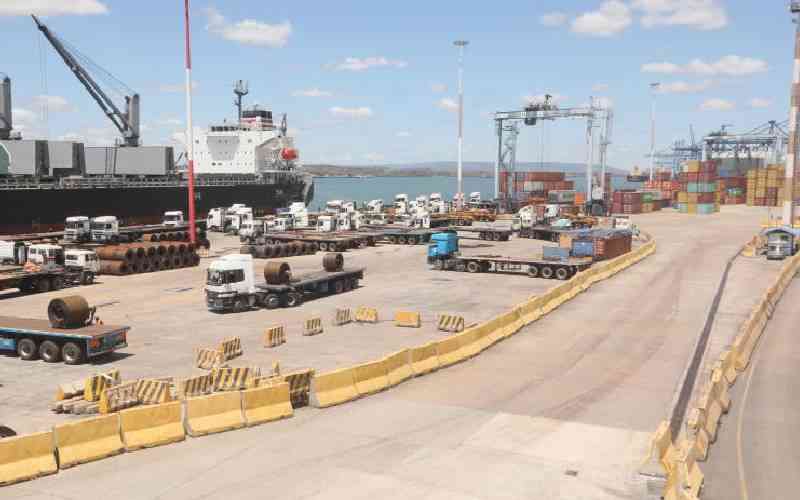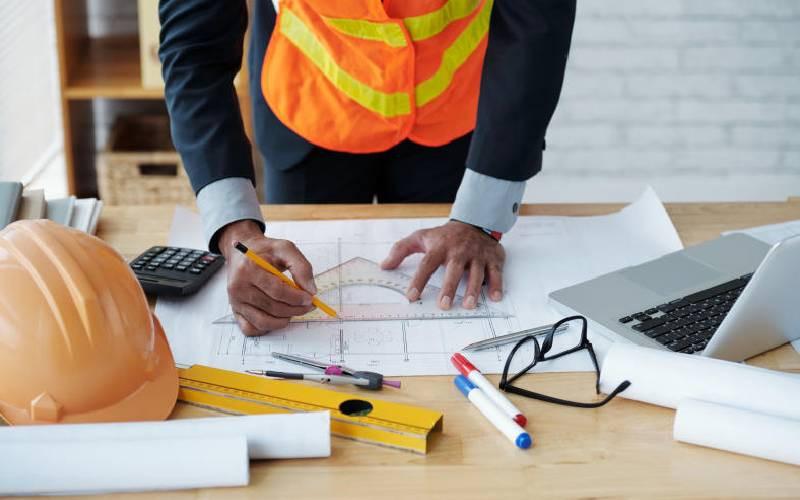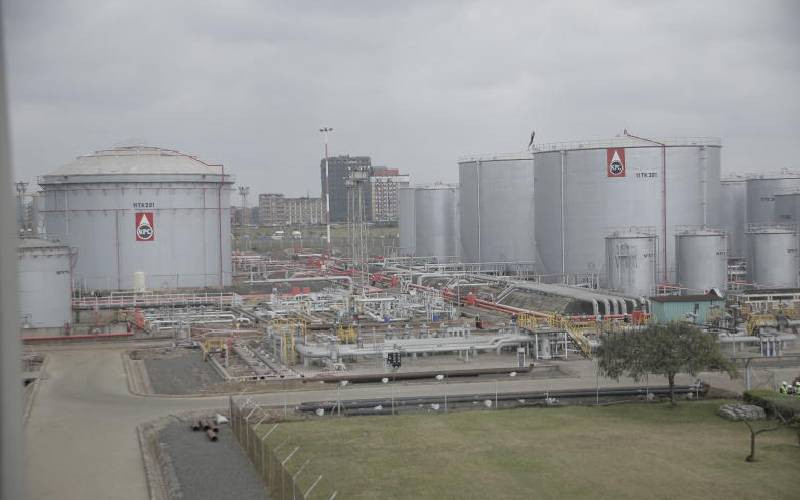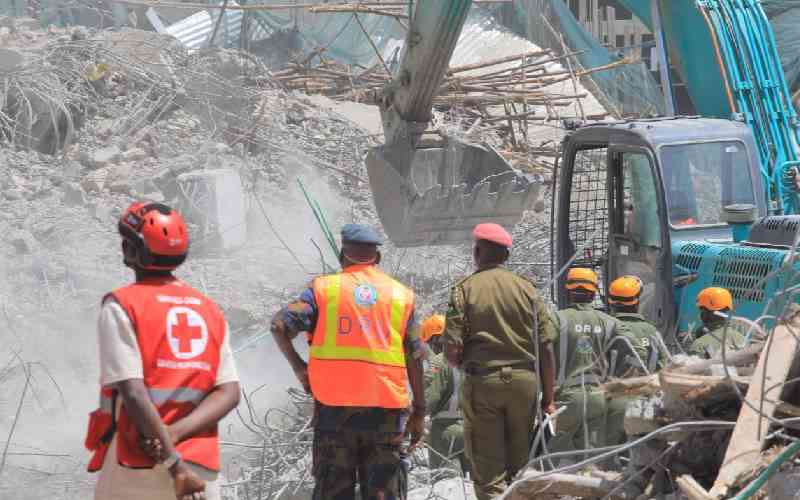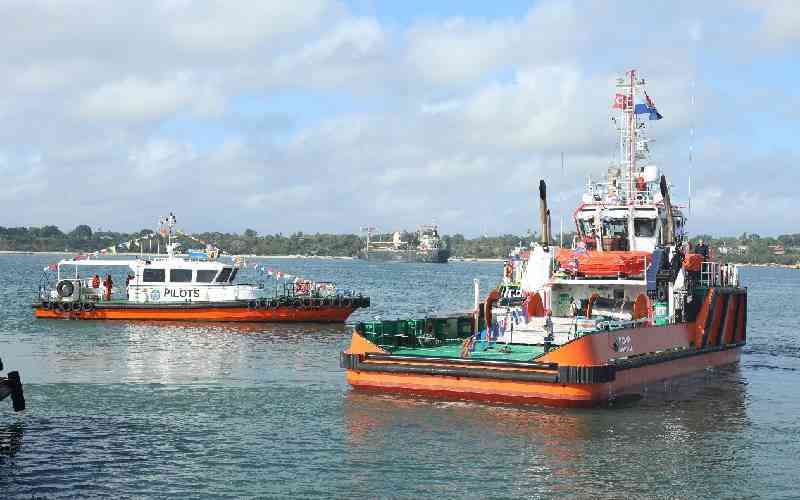×
The Standard e-Paper
Kenya's Bold Newspaper

The government has developed a new power tariff for manufacturers who will set up at the Naivasha Special Economic Zone (SEZ).
The Energy and Petroleum Regulatory Authority (Epra) said industries that will build plants at the industrial park would pay considerably lower electricity charges to encourage growth of the manufacturing sector by improving competitiveness of goods produced locally.
